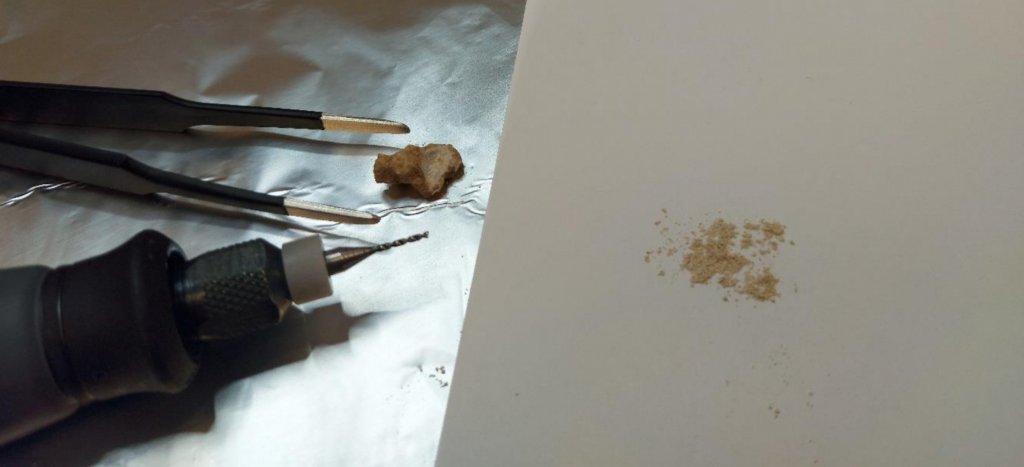22-EPN3-032: Soil carbonate clumped isotope-based reconstruction of temperature evolution over the Mid-Pleistocene Transition and the Late Pleistocene
Visit by Ramona Schneider, Uppsala University (Sweden), to TA2 Facility 17 – Isotoptech Stable/Clumped Isotopes Laboratory (Hungary).
Dates of visit: 20 February – 03 March 2023.
Report Summary: This study describes the use of carbonate clumped isotope thermometry as a method of reconstructing paleotemperatures from soil carbonate concretions. The method is based on the tendency of rare, heavy isotopes of carbon and oxygen to clump together in a single CO2 molecule, which is temperature-dependent.
The analysis was performed on 12 samples that forme under a Mediterranean climate regime in Tajikistan to investigate the suitability of these samples for clumped isotope thermometry. The reconstructed temperatures of the Tajik Holocene soil carbonate nodules from three different locations show promising results, indicating that the Δ47 clumped isotope method provides reliable results for this sample type.
The obtained temperature values showed that these carbonates record temperatures that are biased towards summer temperatures. This is likely due to their formation during the summer when temperatures are highest and precipitation ceases after the maximum annual rainfall period. Even the results from older soil carbonates that formed under glacial and interglacial stages dating several glacial cycles back (MIS 11-12 and MIS 21) are well constrained, but a clear difference in formation temperature between glacial and interglacial stages could not be observed. This result can possibly be explained by formation processes of the soil carbonates, but more chronological and temperature data is required to further test this assumption and to investigate which exact period of the geological history is represented by the reconstructed temperatures. Despite these uncertainties, these initial results are very promising and highlight the potential of this method for paleotemperature reconstruction in Central Asia.


